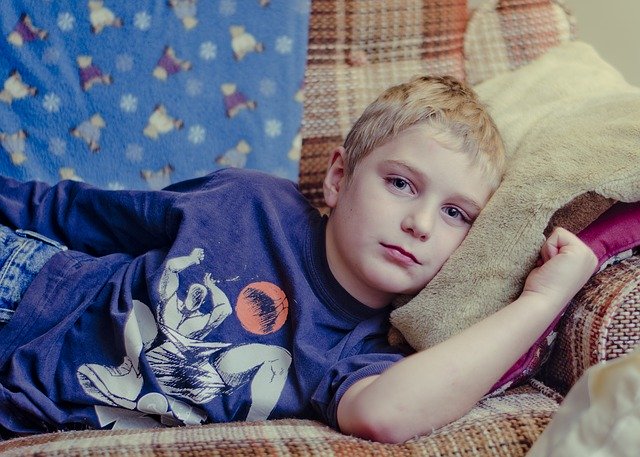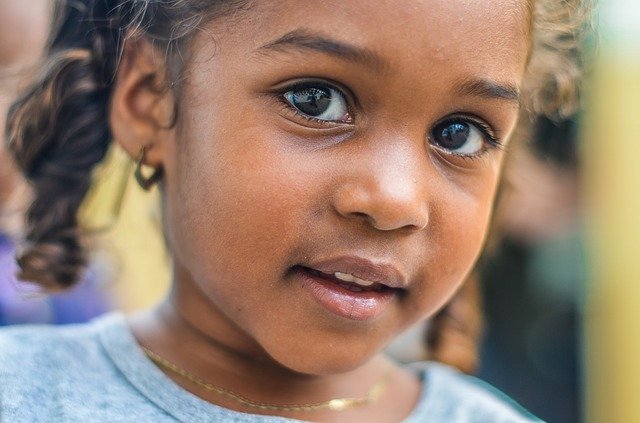Viral vs. bacterial
There are a few different causes of pink eye and they all have different treatments, Dr. Travelli says. Bacterial conjunctivitis often causes the thick discharge that leaves eyelids and lashes stuck together in the morning. During the day, kids with this type of pink eye will likely need to frequently wipe discharge from their eyes. An eye also may be mildly pink and itchy. More common in younger kids, bacterial conjunctivitis is seen most frequently in winter and spring. It’s contagious, but can be treated by prescription antibiotic drops, which typically start to provide relief within a day or two, Dr. Travelli says. At that point, the eye begins to look normal again and the child is usually no longer contagious. Drops aren’t always necessary though, and the condition will likely go away on its own even without them (although it may take much longer) However, if your child also has a fever, severe eye pain or persistently pink eyelids, it could be a sign that the infection is spreading and you’ll need to contact your pediatrician right away.

Viral conjunctivitis usually leads to bright pink, itchy eyes with discharge that’s watery, not thick. Dr. Travelli said this type of pink eye happens more often in the summer and fall, and is very contagious but doesn’t improve with antibiotics. It often clears up on its own sometime between two days and two weeks, and you’ll need to keep your child away from school and activities as long as the eyes remain pink or itchy. “Mild pink eye without thick discharge or other problems is rarely bacterial so it would be reasonable to wait and see if it resolves on its own without seeing a doctor, but even then a doctor might be able to help by distinguishing between viral and allergic conjunctivitis or other rare types,” Dr. Travelli said. According to the National Eye Institute, a cold compress may help alleviate symptoms while you’re riding it out. Confusingly, it’s common to have both viral and bacterial conjunctivitis at the same time, Dr. Travelli said. There are many other causes of “pink eyes” that are not contagious, including allergies, chemical irritation from swimming pools, or rarer causes associated with other problems.
If you’re concerned about your child’s eyes, you should always call your pediatrician.

Stop the spread
Dr. Travelli said whether it’s bacterial or viral pink eye, it spreads from person to person primarily by touching the eyes. If your child has pink eye, encourage him or her to wash his hands frequently. You should too, especially after helping your child put in eye drops or laundering your child’s clothing and pillowcases. The National Eye Institute recommends avoiding contact with items the infected person has used such as glasses, towels or makeup. Dr. Travelli suggests avoiding touching your eyes and encouraging your child to do the same to stop the spread of pink eye. If your child wears glasses, make sure to thoroughly clean them and their case once the pink eye has subsided.
For more information, contact your child’s pediatrician.

Dr. Andrew Travelli, MD, FAAP is a pediatrician with Charlotte Pediatric Clinic – SouthPark. He earned his medical degree from the University of Illinois, completed his residency at Indiana University and has nine years of experience. His clinical interests are in attention-deficit/hyperactivity disorder (ADHD) and infectious disease. In his free time, he enjoys tennis, skiing and spending time with family.
Connect with Atrium Health's Levine Children's Hospital



